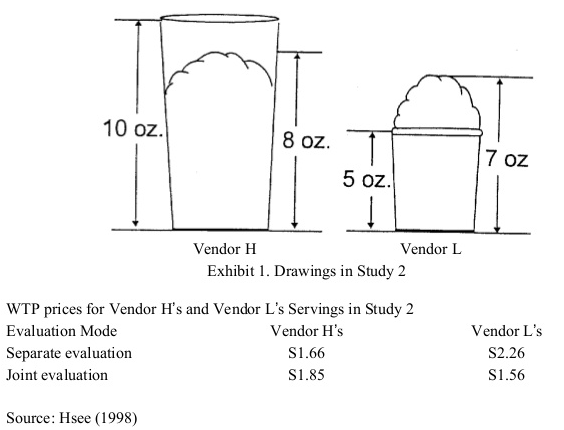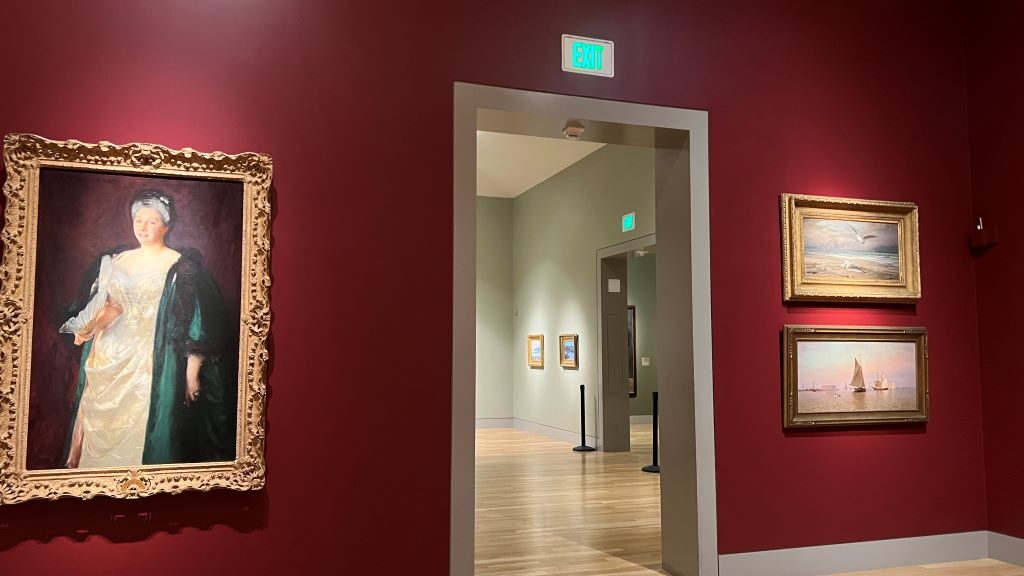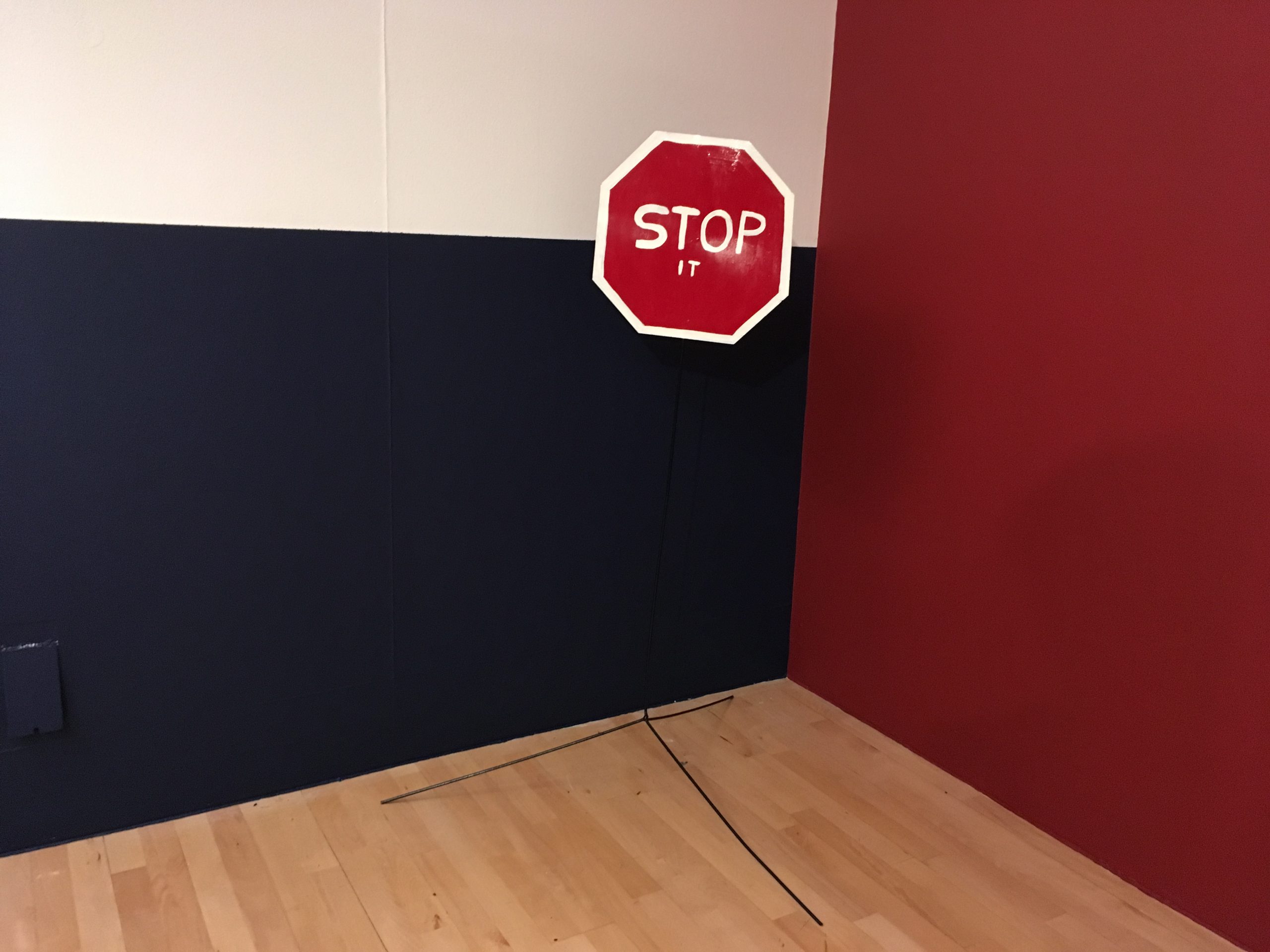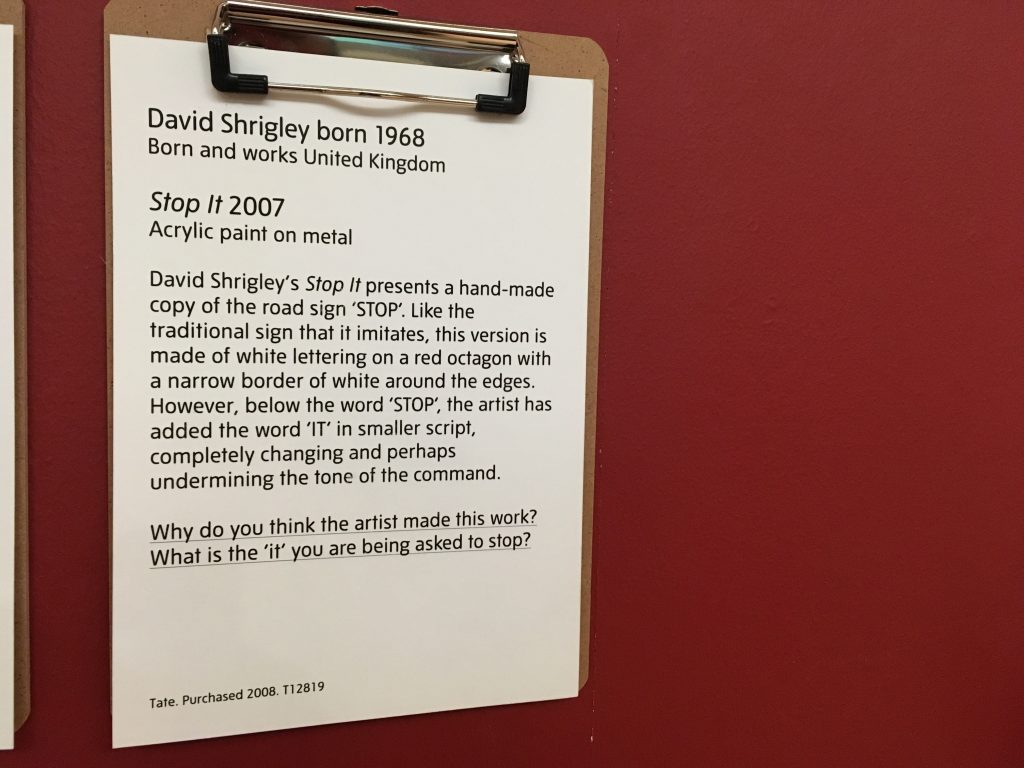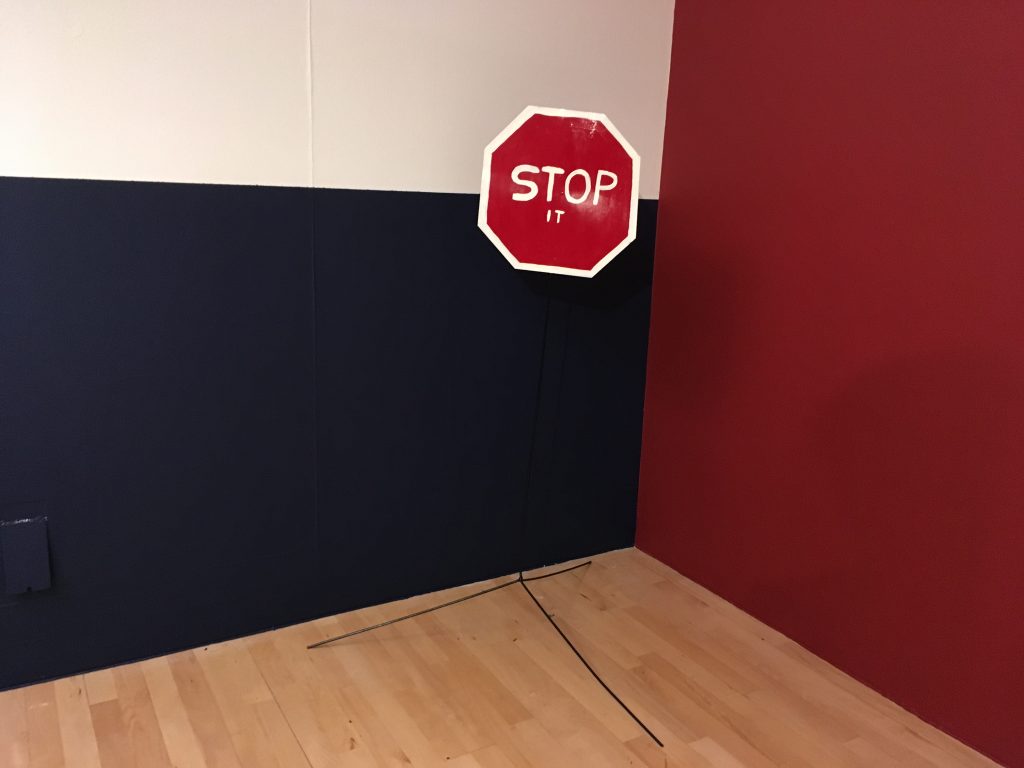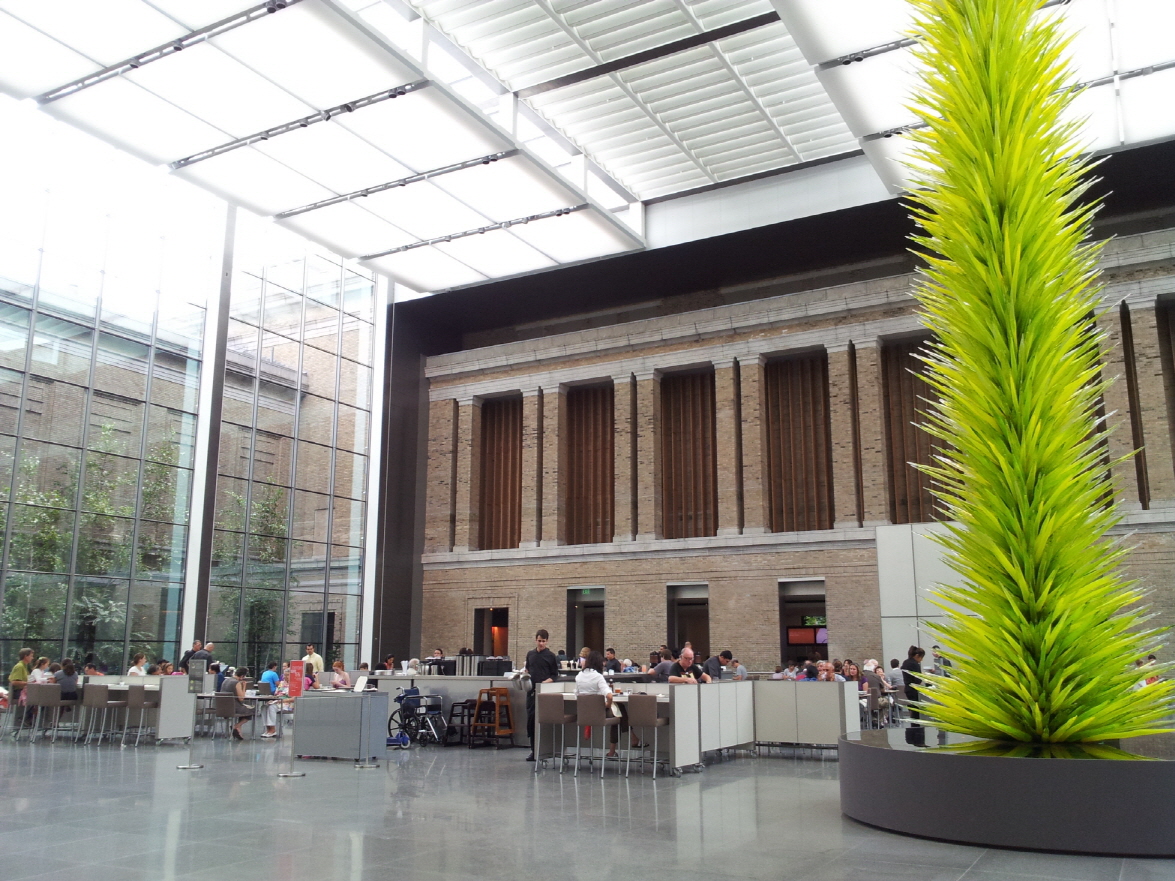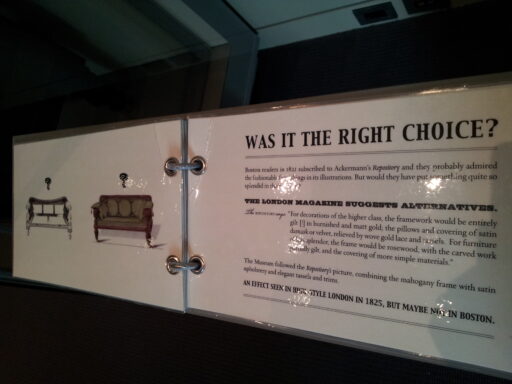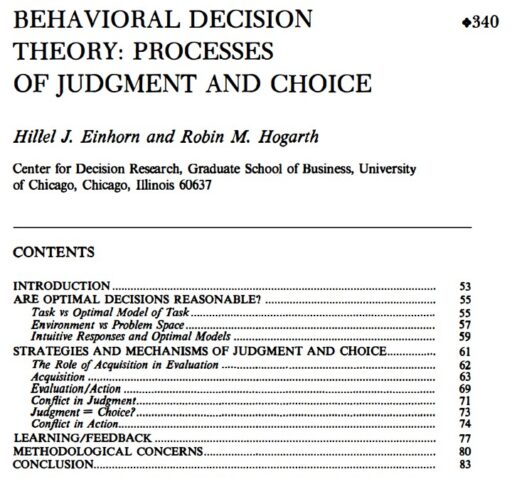On a recent visit to the Huntington Library, Art Museum, and Botanical Gardens in Los Angeles, I was struck by the “salon style” display of paintings—a densely arranged presentation that contrasts with today’s minimalistic museum trend.
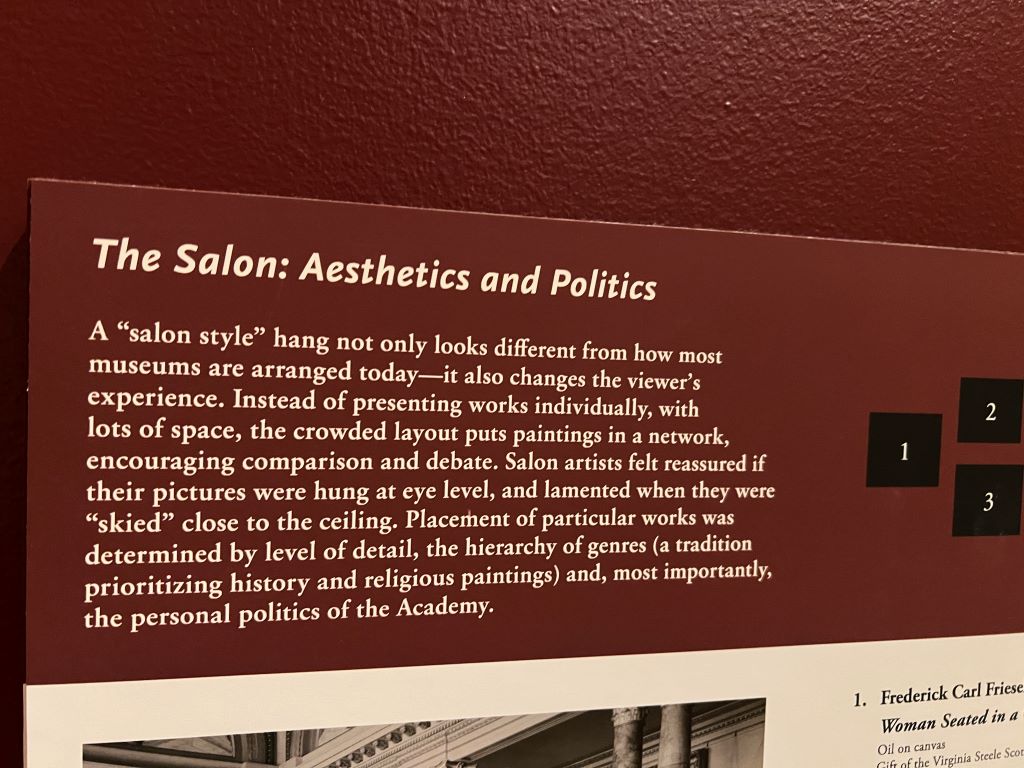
A “salon style” hang not only looks different from how most museums are arranged today-it also changes the viewer’s experience. Instead of presenting works individually, with lots of space, the crowded layout puts paintings in a network, encouraging comparison and debate. Salon artists felt reaccured if their pictures were hung at eye level, and lamented when they were “skied” close to the ceiling. Placement of particular works was determined by level of detail, the hierarchy of genres (a tradition prioritizing history and religious paintings) and, most importantly, the personal politicis of the Academy.
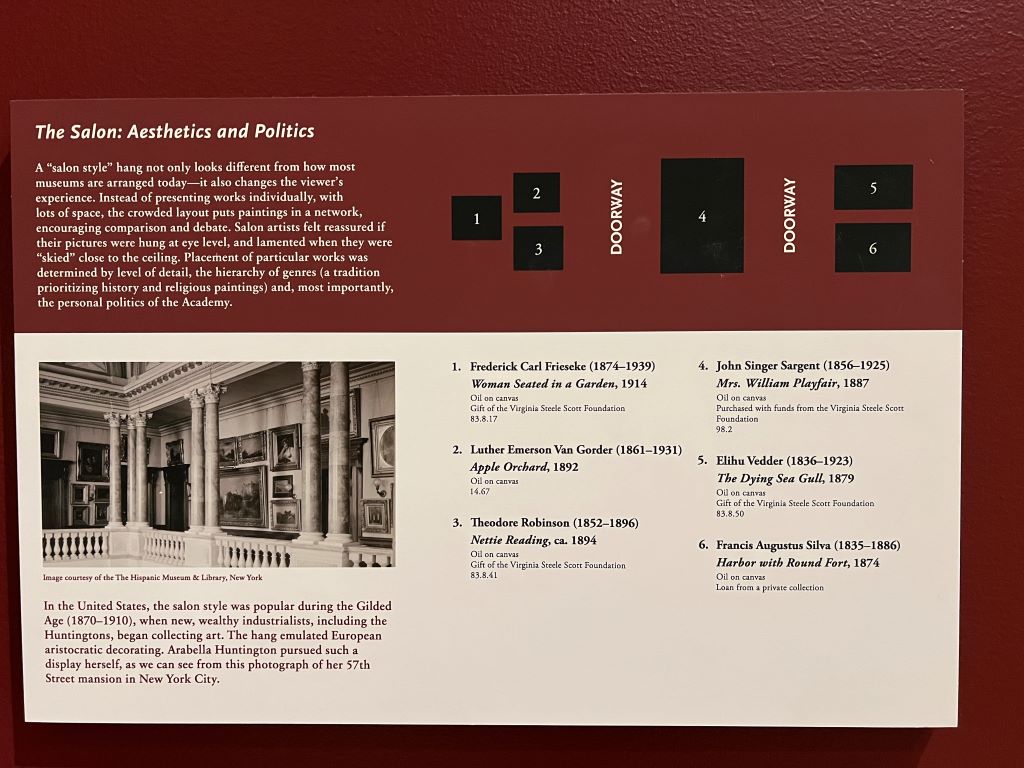
Unlike the single-piece-focused, widely spaced approach seen in contemporary galleries, salon-style hanging places artworks in close clusters, prompting viewers to think differently. Psychologically, this arrangement affects perception in two ways.
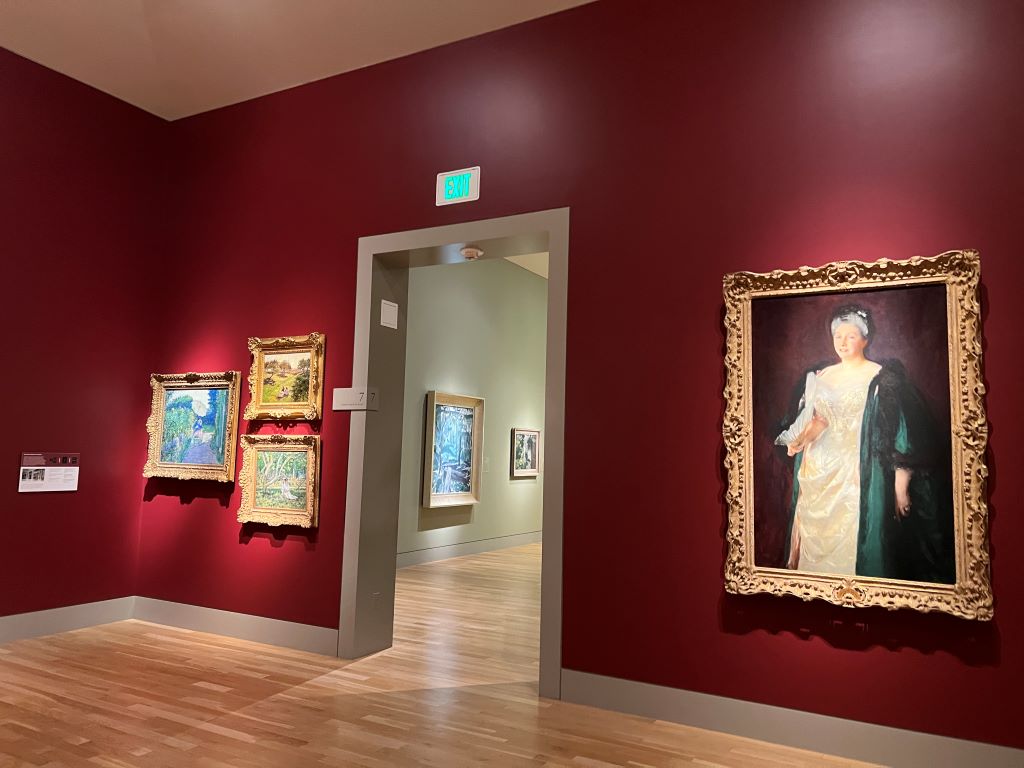
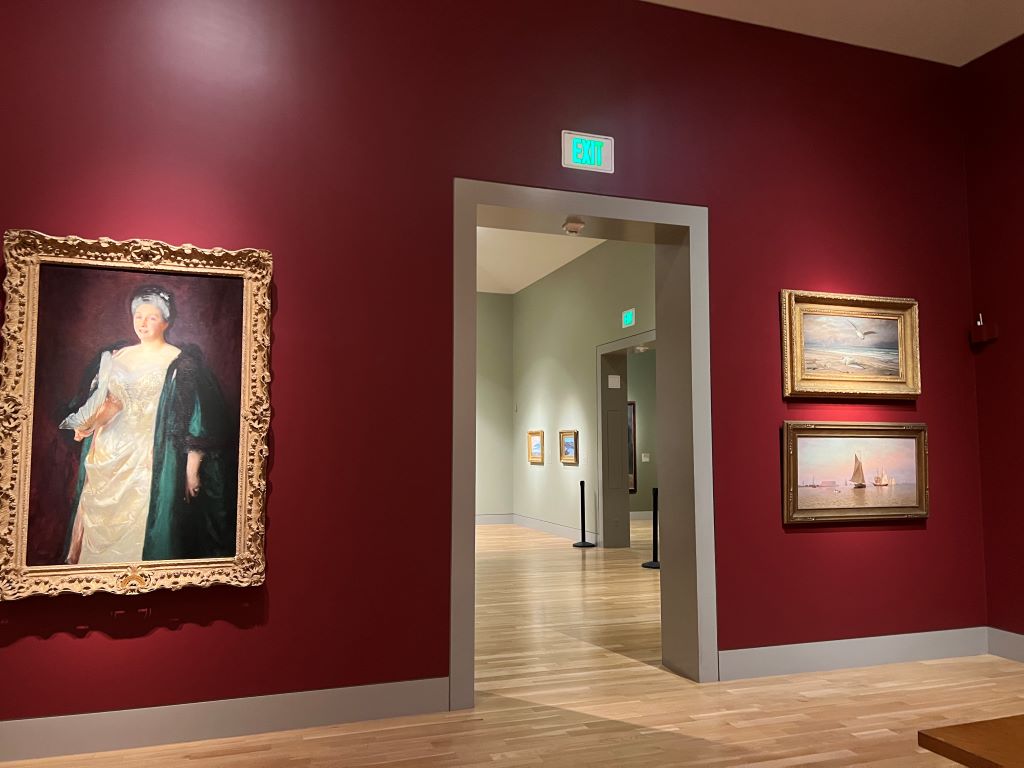
First, works displayed at eye level attract more attention—a phenomenon known as “eye level, buy level.” It is well known that eye-level placement in retail settings drives choices. Similarly, artists historically loved this prime placement, aiming to capture viewers’ gaze.
Second and more importantly, viewers are inclined to compare artworks side by side. This phenomenon aligns with Hsee’s research on “joint evaluation (JE) versus separate evaluation (SE). When items are displayed jointly, people place greater emphasis on attributes that may otherwise be hard to assess, fostering a richer, multi-dimensional engagement with items. In historical salons, this might have encouraged viewers to notice intricate qualities in each painting, which might go overlooked today when artworks are displayed individually in modern galleries.
Building on these insights with another pieces of insights found ten years ago at the Museum of Fine Arts (MFA), Boston, museum directors must carefully consider how presentation contexts shape visitor experiences. Museum visitors, like consumers, are influenced by cognitive biases and contextual cues, making behavioral economics principles crucial for optimizing the museum experience.”
***
Reference
Hsee, C. K. (1998). Less is better: When low‐value options are valued more highly than high‐value options. Journal of Behavioral Decision Making, 11(2), 107-121.
This research demonstrates a less-is-better effect in three contexts: (1) a person giving a $45 scarf as a gift was perceived to be more generous than one giving a $55 coat; (2) an overfilled ice cream serving with 7 oz of ice cream was valued more than an underfilled serving with 8 oz of ice cream; (3) a dinnerware set with 24 intact pieces was judged more favourably than one with 31 intact pieces (including the same 24) plus a few broken ones. This less-is-better effect occurred only when the options were evaluated separately, and reversed itself when the options were juxtaposed. These results are explained in terms of the evaluability hypothesis, which states that separate evaluations of objects are often infuenced by attributes which are easy to evaluate rather than by those which are important.
